Today the students worked in small groups and explored one of the most iconic spaces in Los Angeles, Hollywood. So far we have tended to explore the exotic (as in strange) and the spectacular: Beverley Hills, Orange County, South Central etc. You would be forgiven for thinking that today especially, working in Hollywood, it would be the same. However, we used a method of fieldwork that helps explore and expose the more mundane and everyday aspects of our urban environments, psychogeography.
Psychogeography has a long history as a concept and a collection of techniques. It was developed in the 1950s and 1960s by a group of French leftist radicals, the Situationists. The Situationist project, whilst often confusing and contradictory, was to develop a form of radical politics appropriate to the modern world. They noticed that contemporary capitalism was more pervasive than Karl Marx had predicted, it affected our lives in ways that were often subtle and difficult to notice. We were, they said, surrounded by a spectacular infrastructure that conditioned and controlled us. This control pervaded not just the material aspects of our lives – how we move through a city for instance – but also our emotions and behaviour (our psyche). We were, they said, living in a society of the spectacle, surrounded by signs and distractions that filter our perception of a true reality.
The job of the students was to overcome the allure of the spectacle by using a psychogeographical method called the drift. The Drift is a playful method of geographical fieldwork that was defined by the Situationists as a ‘technique of locomotion without a goal. The object is to notice the ways in which areas, streets or buildings seem to resonate with states of mind, inclinations and desires, and to look for reasons for movement other than those for which an environment was designed.
Each group of students was given an area to explore in Hollywood and a dice to throw to decide which direction to choose when the environment presents them with a choice. They recorded their impressions, pictures, video etc. on Google maps which you can find linked below.
Group 1: Karen, Anne-Claire, Charlie, Hannah, Osian, Grace
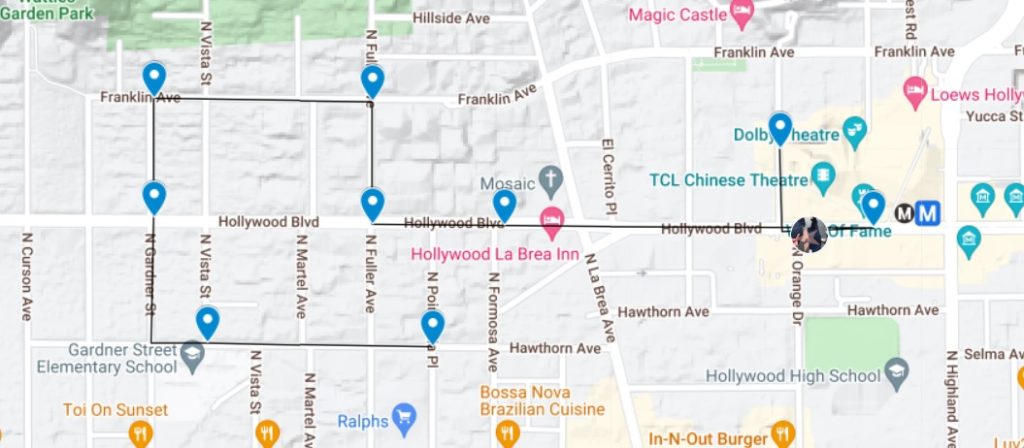
Group 2: Vicky, Louka, Rose, Noah, Bhavika
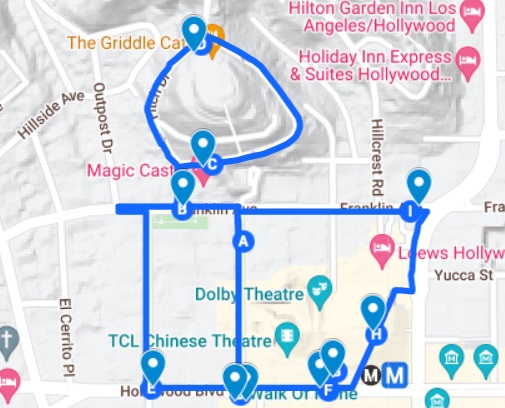
Group 3: Jakob, Scarlett, Maddy, Morgan, Polly
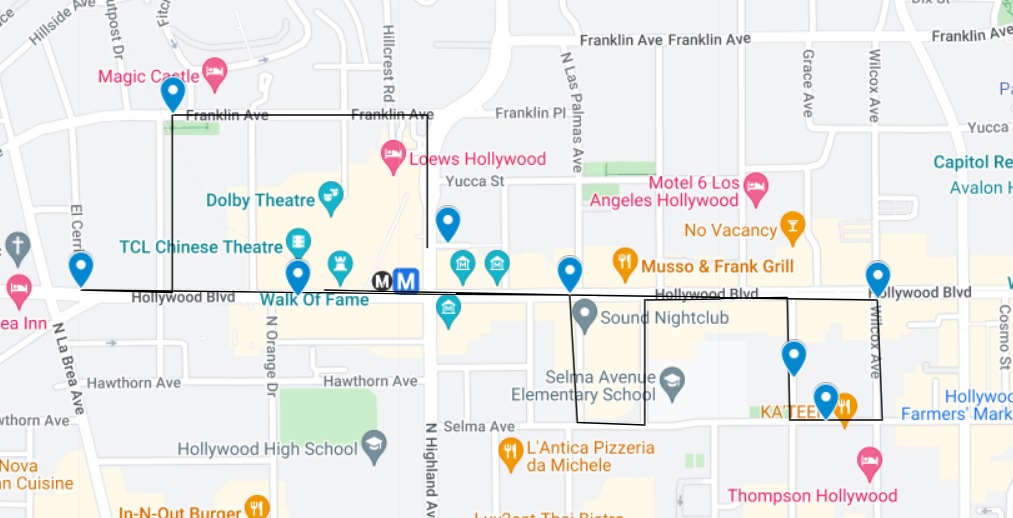
Group 4: Keir, Lucy, Maddie, Rhys, Lily
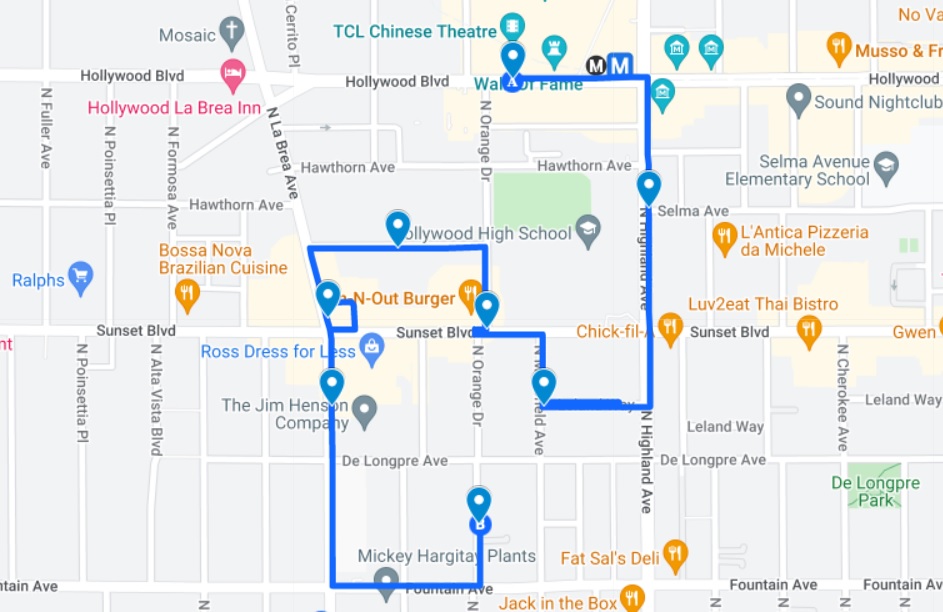
Group 5: Kam, Lizzie S, Kitty, Dom, Lizzie H
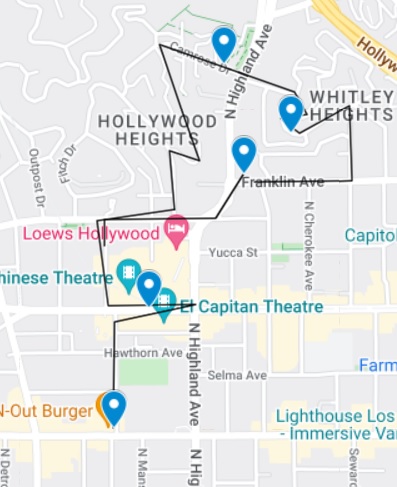


Leave a Reply